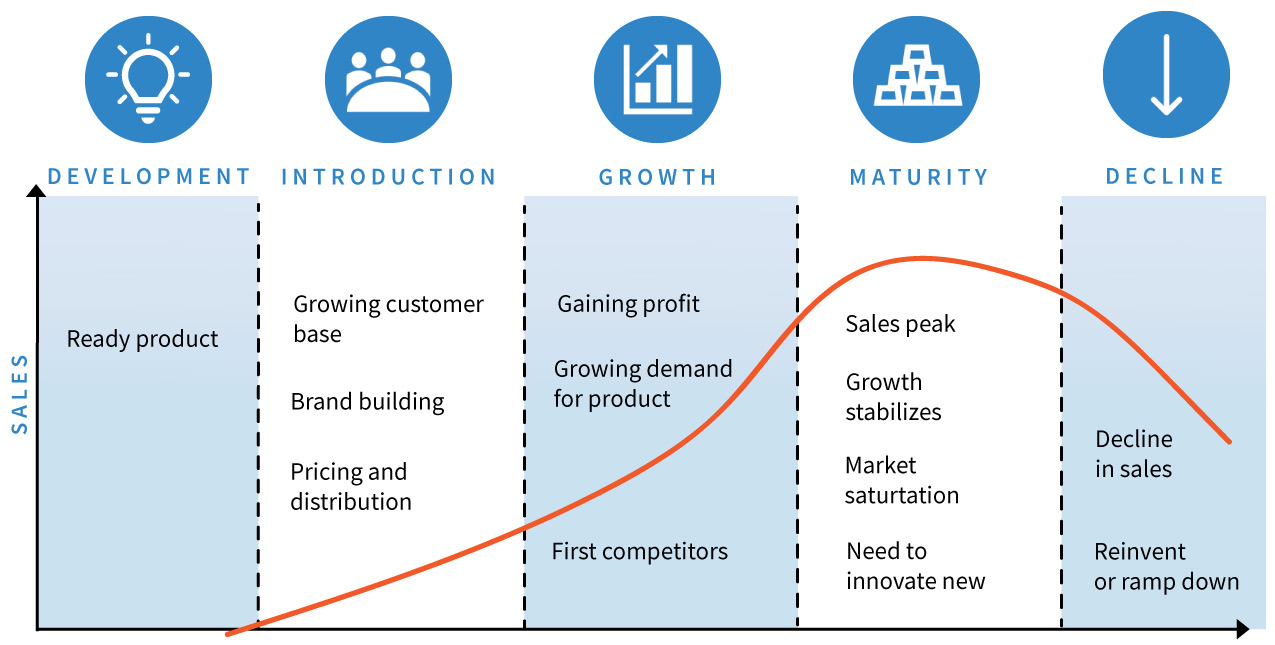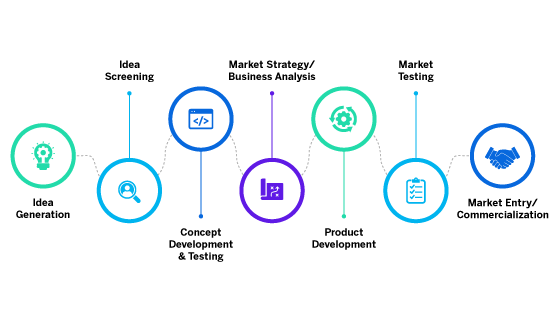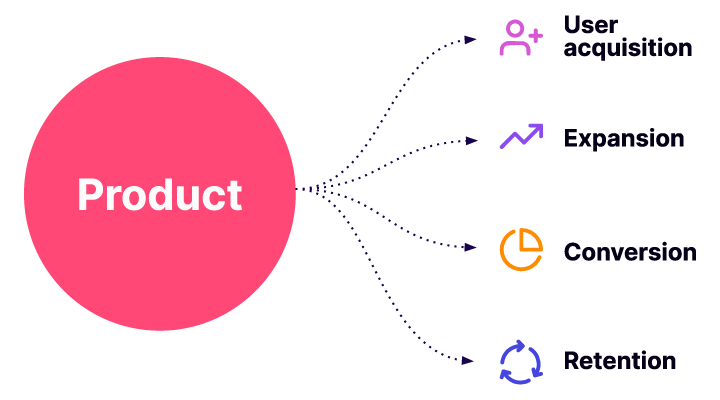 In today’s fast-paced and technologically-driven world, digital products have revolutionized the way we interact, communicate, and conduct business. From software applications and mobile apps to online platforms and digital services, the digital landscape is constantly evolving, offering endless opportunities for innovation and growth. However, launching and sustaining successful digital products requires more than just brilliant ideas and cutting-edge technology. It demands a comprehensive understanding of the product cycle for digital products – a series of interconnected stages that shape the product’s journey from conception to eventual obsolescence.
In today’s fast-paced and technologically-driven world, digital products have revolutionized the way we interact, communicate, and conduct business. From software applications and mobile apps to online platforms and digital services, the digital landscape is constantly evolving, offering endless opportunities for innovation and growth. However, launching and sustaining successful digital products requires more than just brilliant ideas and cutting-edge technology. It demands a comprehensive understanding of the product cycle for digital products – a series of interconnected stages that shape the product’s journey from conception to eventual obsolescence.
The product cycle for digital products encompasses a range of vital phases, each bearing significant influence on the product’s development, market launch, growth trajectory, maturity, and, ultimately, its decline or transformation. These stages encapsulate the complex interplay of user expectations, market trends, technological advancements, and business strategies that shape the success or failure of a digital product.
In this article, we will explore the key stages of the product cycle for digital products in-depth, shedding light on the critical strategies employed during each phase. Whether you are a product manager striving to build a user-centric digital solution, an entrepreneur with aspirations of launching the next disruptive app, or an industry enthusiast keen to comprehend the inner workings of digital product development, this article aims to equip you with the knowledge and insights necessary to navigate the dynamic world of digital products successfully.
Let us dive into the fascinating realm of the product cycle for digital products, where innovation and adaptation collide to shape the digital landscape of tomorrow.
Conceptualization: The product cycle begins with the conceptualization stage. At this early phase, product ideas are generated, and market research is conducted to identify potential opportunities and user needs. The development team analyzes competitors, market trends, and user feedback to shape the product’s concept and features. This is also the time when product goals and objectives are defined, and a preliminary plan for development is laid out.

Development: After the concept is solidified, the development phase commences. Digital products, such as software applications or online platforms, are designed, coded, and tested during this stage. Iterative development processes like Agile or Scrum are often utilized to allow for continuous improvements and adjustments based on user feedback and changing market dynamics. The development team collaborates closely to ensure the product meets the intended goals and aligns with the original concept.

Testing and Quality Assurance: Quality assurance and testing are integral components of the product cycle. Rigorous testing is conducted to identify and rectify bugs, glitches, or usability issues that might have arisen during development. Beta testing with a select group of users can be especially valuable in gathering real-world feedback and making final refinements before the official launch.

Launch: The launch stage marks the introduction of the digital product to the market. A well-planned launch strategy is essential to maximize the product’s impact and attract a significant user base. Marketing efforts, such as promotional campaigns, social media outreach, and content creation, play a pivotal role in raising awareness and driving initial user adoption.

Growth: The growth stage is characterized by an expanding user base and increasing product popularity. Positive user experiences and word-of-mouth recommendations often drive organic growth. During this phase, the product team focuses on scaling infrastructure, enhancing user support, and iterating on features to meet growing demands. Marketing efforts are still essential to sustain momentum and reach new user segments.

Maturity: As the product reaches maturity, the growth rate stabilizes. The market becomes saturated, and competitors may have entered the space. In this phase, the product may undergo a period of relative stability and refinement, rather than rapid expansion. Product managers must find ways to retain existing customers through continuous improvements, exceptional customer support, and targeted marketing efforts.

Decline and Rejuvenation: Eventually, digital products may experience a decline in popularity due to market saturation, changing consumer preferences, or disruptive technologies. The decline stage may not be avoidable, but it can be managed strategically. Product managers might consider rejuvenating the product by releasing significant updates, rebranding, or exploring new markets. Alternatively, they may choose to sunset the product gracefully and focus on newer, more innovative offerings.

In conclusion, the product cycle for digital products is a dynamic journey that involves conceptualization, development, testing, launch, growth, maturity, and eventual decline. Successful management of this cycle requires a keen understanding of market dynamics, customer needs, and the ability to adapt and innovate throughout each stage. By navigating the product cycle effectively, businesses can create and sustain digital products that meet user expectations and remain relevant in the ever-changing digital landscape.

